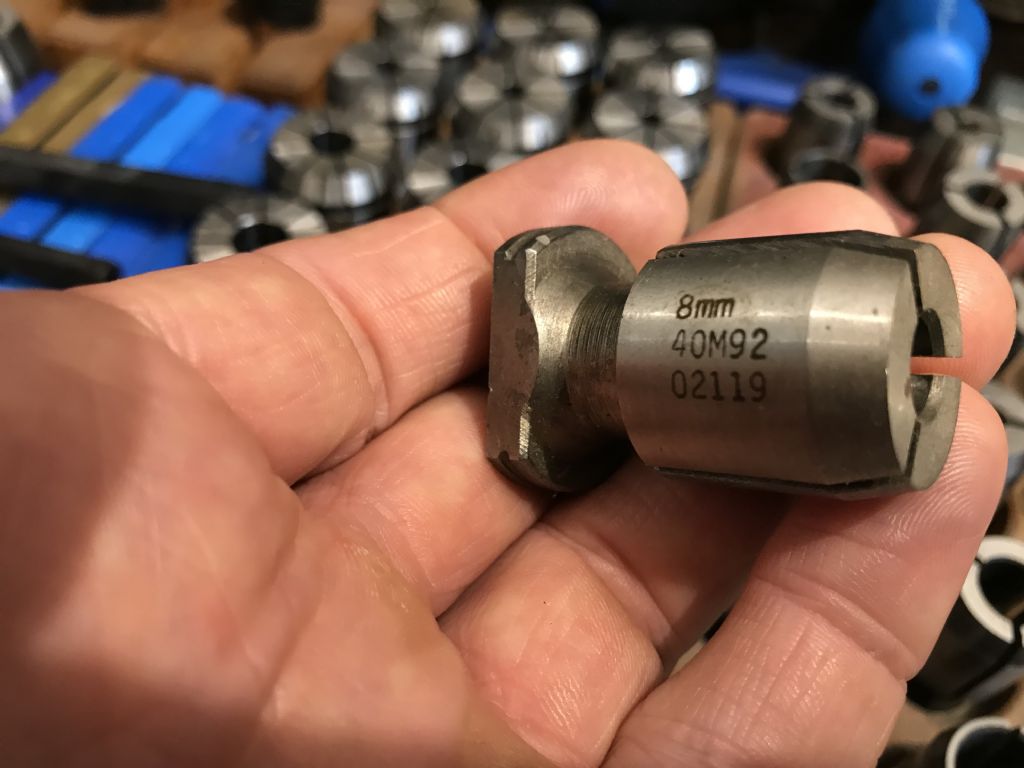Posted by Rod Clemett on 04/02/2015 20:44:28:
First post ever, and questioning John Stevenson??? I must be crazy!
Surely the end of the cutter bears against the centre in the Autolock chuck. As the collet self-tightens, doesn't the collet itself move down into the taper in the closing nut, increasing the grip. The cutter doesn't move up, as it is constrained by the centre. No change in tool height.
Am I missing something?
.
My God son you have balls 
Basically there is a difference in how tight you can screw a cutter up onto the centre point by hand and how tight cutting forces can screw it up.
On manual machines this is never a problem because usually you take a cut then measure, by which time the cutter is settled.
On a CNC you know the offset hight and expect it to go into the cut a pre programmed depth but when it does tighten up, that changes the depth and that interim cut where you take a measurement to enable the full depth to be applied is lacking as it's under computer control.
It does happen and when Clarkson's came out with their words of wisdom CNC's were either none existent or very rare so it was never a problem.
Once it did become apparent then people used 'the other method' which is not written down but has been achieved by experience.
Now don't get me wrong I'm not rubbishing Clarkson chucks, they are very good and one of the few where it's next to impossible for the tool to work it's way out.
The point I was trying to make is that their instructions cannot logically be applied to modern machining methods required by CNC.
If you are pure manual machining then TBH either way to tighten it works.
Some one mentioned small cutters but again look at this logically what will break first a threaded shank supported in a hardened sleeve or an exposed cutting edge , getting blunter by the rev with a length / diameter leverage of 4+ ?
Edited By John Stevenson on 05/02/2015 00:45:34
Martin Kyte.










